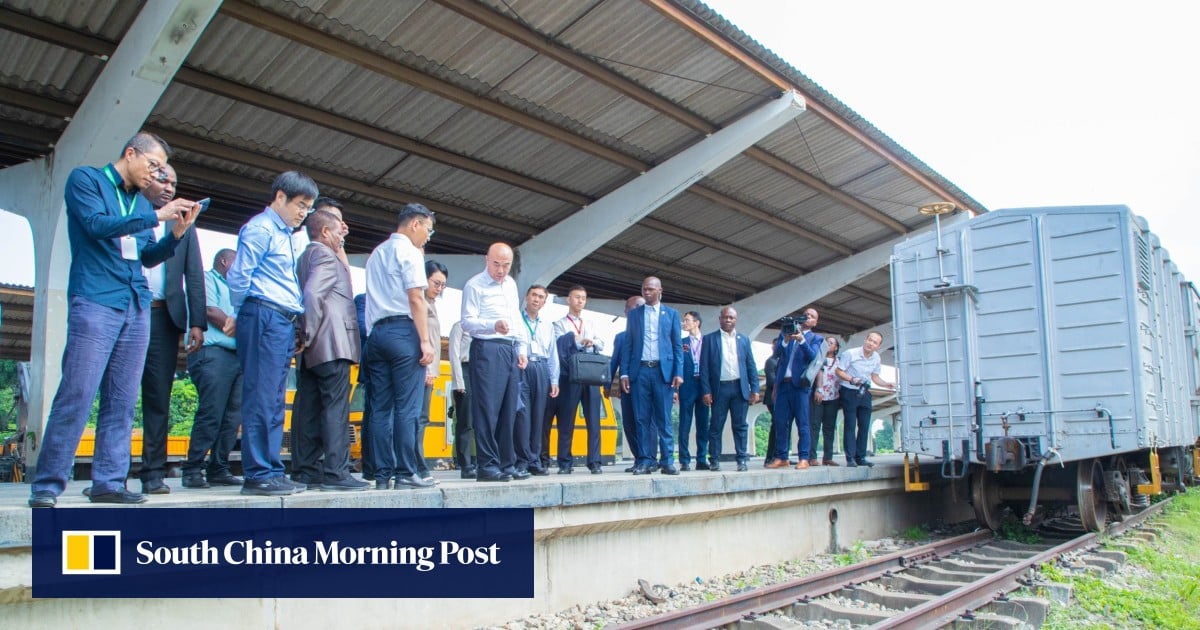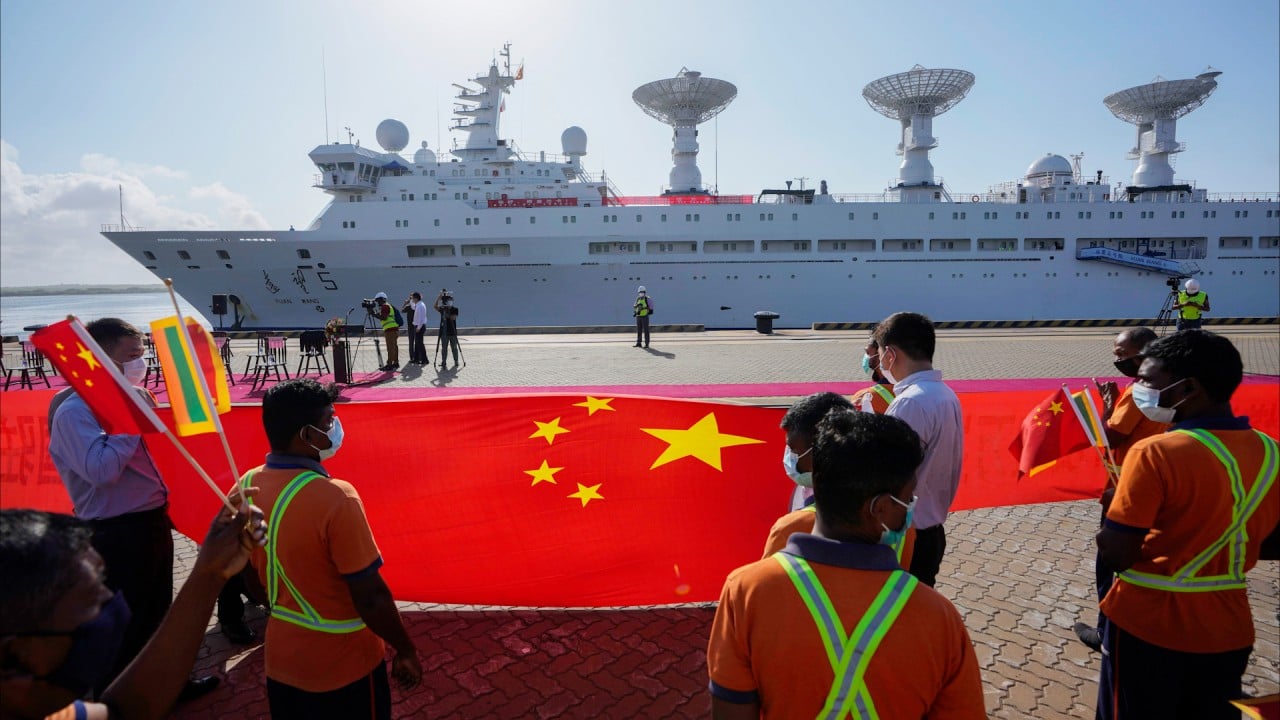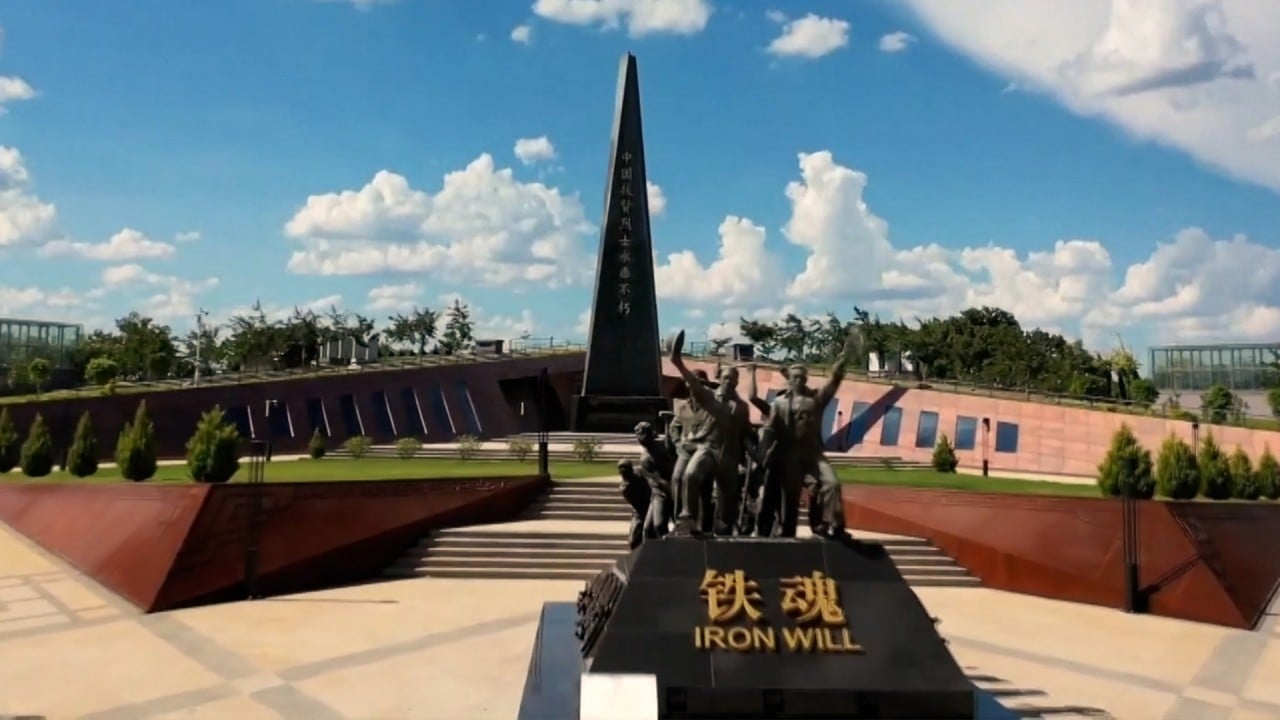Why Chinese players are taking private stakes in Africa’s new megaprojects
Why Chinese players are taking private stakes in Africa’s new megaprojects
A team assembled in December has completed a business and technical inspection of the Tanzania-Zambia Railway Authority, the Tazara’s operator, and issued a report on Wednesday.
Tayali said he had been briefed about the report and “was particularly excited that the Chinese experts will work alongside Zambian labour”.
When the Tanzanian and Zambian presidents visited China in 2022 and 2023 respectively, Chinese President Xi Jinping promised to support the upgrade of the railway, which was originally built in the 1970s and funded by the Chinese government under Mao Zedong as a foreign aid project.
Xi said the Tanzania-Zambia Railway had become “a symbol of China-Africa friendship”.
China last year appointed the China Civil Engineering Construction Corporation (CCECC), a subsidiary of China Railway Construction Corporation, to negotiate a concession to operate the Tanzania-Zambia Railway line.
In December, the CCECC appointed an 11-member team led by Peng Danyang, managing director of the Ethiopia-Djibouti Railway, to carry out an inspection from Dar es Salaam to Kapiri Mposhi in Zambia with the aim of assessing Tazara’s operational and business model.
The Ethiopia-Djibouti Railway operates under a public-private partnership model through collaboration between the governments of Ethiopia and Djibouti and CCECC subsidiary Railway Operation Limited.
Tim Zajontz, a research fellow at the Centre for International and Comparative Politics at Stellenbosch University in South Africa, told the Post in November that Chinese PPP investment in Tazara was likely to take the form of a rehabilitate-operate-transfer concession, with a probable duration of 20 to 25 years. Under this model, governments allow private entities to rehabilitate and operate a project for a certain period before transferring it back to the government.
“The Chinese investors have made it unmistakably clear in previous negotiations that Tazara is no longer considered an aid project but that it must be a commercially viable venture,” said Zajontz, who has written about the planned privatisation of Tazara in his book The Political Economy of China’s Infrastructure Development in Africa.
“The devil remains in the details and an agreement depends on whether the investors and the shareholding governments can agree on the terms of the PPP,” he added.
China is keen to use the Tazara rail line to transport mining exports from Zambia and the Democratic Republic of the Congo (DRC).
The refurbished Tazara railway will compete directly with a railroad backed by the US and EU to link Zambia’s copper belt and the mineral-rich DRC to the Lobito port on Angola’s Atlantic coast.
Brussels and Washington announced in late October they would fund the rail project to connect the resource-rich region of Zambia to an existing line to the Lobito port.
The US and EU are eager to secure minerals that are vital for making batteries and advanced electronics – including cobalt, which comes from the DRC and Zambia. Most of these minerals are now exported to China for processing.
China’s involvement in the Tazara railway began in the 1970s, when Beijing was facing its own financial difficulties.
At the time, Zambia was desperate for a railway link to the Tanzanian coast to transport copper, its main export. Neighbouring white-controlled Rhodesia, now Zimbabwe, had cut Zambia’s only route to the sea in response to the postcolonial transfer of power to Zambia’s black majority.
China stepped in when Western countries declined to fund a new railway, building Tazara for about 1 billion yuan (US$140.5 million).
From 1970 to 1975, about 50,000 Chinese workers built 1,860km (1,155 miles) of track stretching from Zambia’s copper belt to Dar es Salaam on the Indian Ocean.
It remains China’s biggest overseas project to date and succeeded in boosting Beijing’s political capital during the Cold War.









